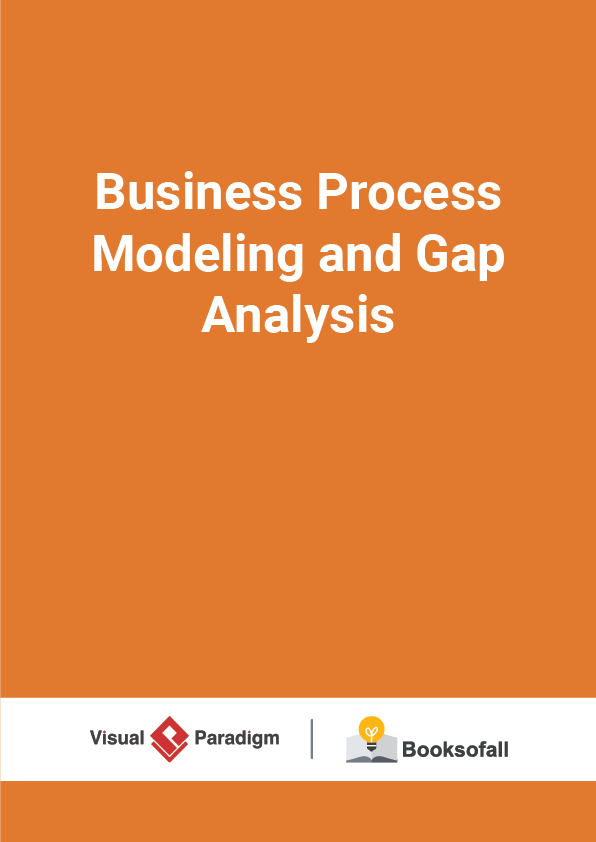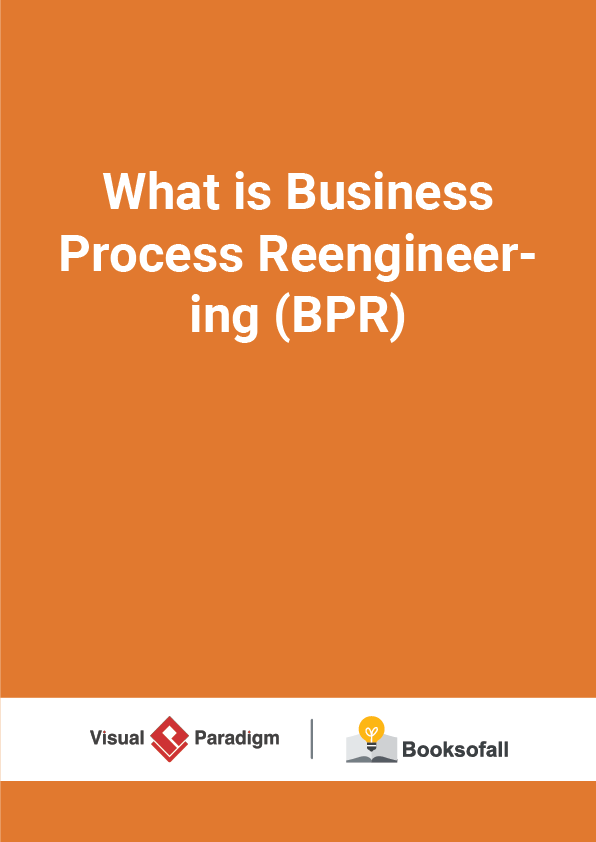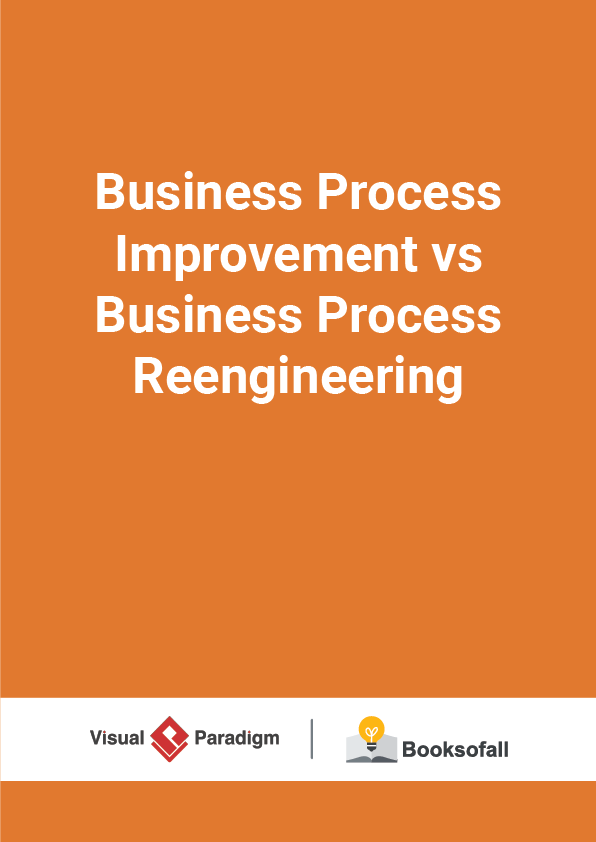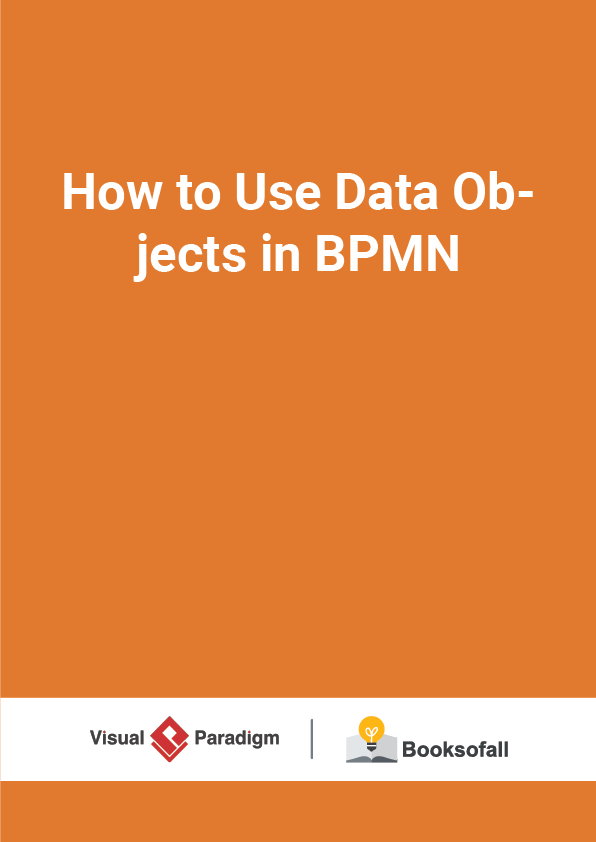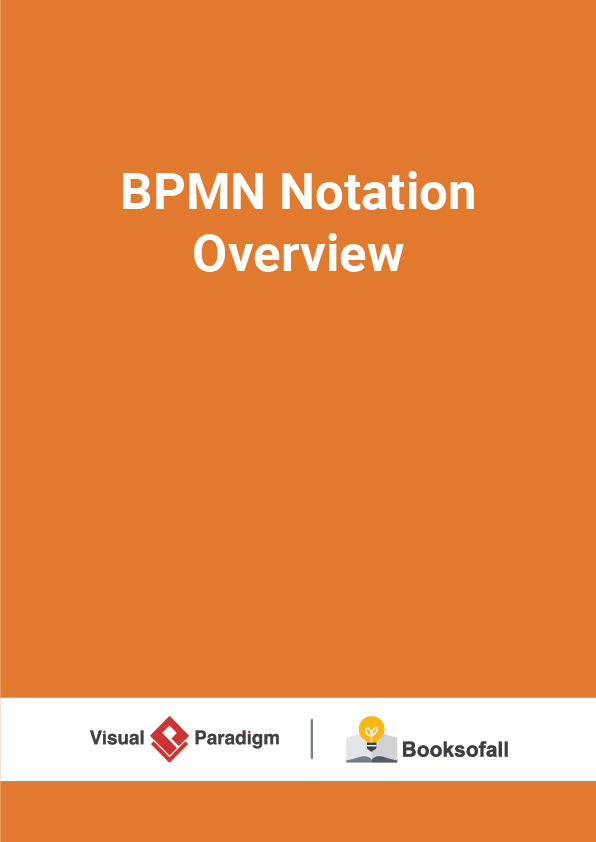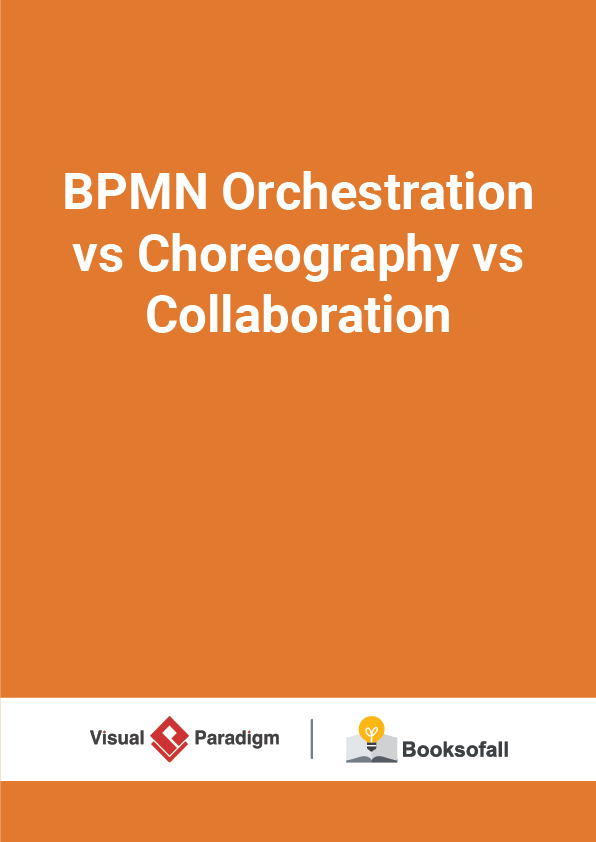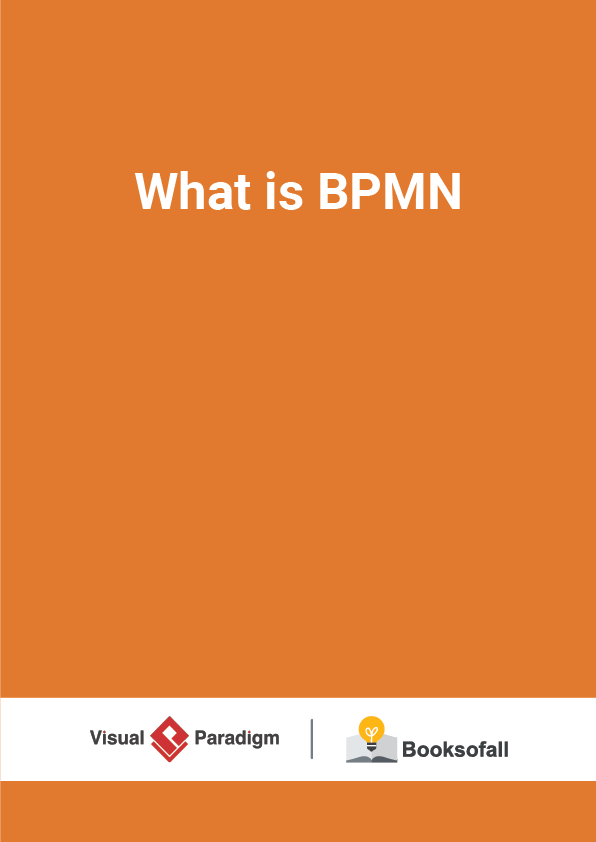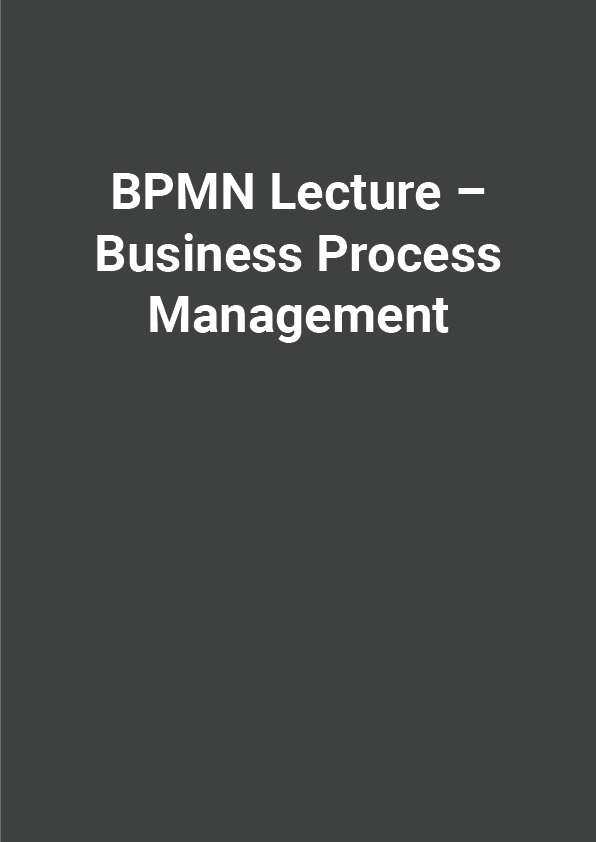Business Process Modeling and Gap Analysis
7-9 minutes
Business process modeling is a means of representing the business activities, the information flow and decision logic in business processes. It externalizes the business knowledge with a view to agree and bind all stakeholders in a representation that is shared within an organization and is reflected in its information systems. With the power of visualization, business process modeling is used to:
- Communicate information regarding a process and the interaction it includes within/between organizations either among the persons reading a model or the persons who create it.
- Presents multiple granularity levels: from a simple depiction of the workflow to simulation and execution. Addresses complexity by emphasizing on specific aspects and by reusing models.
- Achieves a common understanding of business knowledge between an organization and IT experts and thus drives the design and implementation of software systems.
Business Process Management vs Business Process Modeling vs Business Process Analysis
- Business Process Management is “old school”, while Business Modeling and Analysis are more trendy new stuff? With all terminology and current trends, it is easy to get confused. So what is the difference between them?
- Business process modeling in business process management is the activity of representing processes of an enterprise, so that the current process may be analyzed, improved, and automated. It is typically performed by business analysts or domain experts who provide expertise in the modeling discipline.
- Business Analysis is the discipline of identifying business needs and determining solutions to business problems. Solutions often include a systems development component, but may also consist of process improvement, process reengineering: organizational change or strategic planning and policy development.
- Business Process improvement is a continual process that aims at attaining efficiency through continual improvement by reiterating the processes. BPI is the way you improve current as-is state, where you have problems and issues (look for failure demands, wastes and eliminate them) – so you got to your to-be state.
- Business Process Reengineering is a strategy based on aspiration which aims to redesign the process almost from scratch. You go first for customer value propositions. It takes into consideration the input and the desired output and comes up with an efficient process to achieve the aim. Thus, the business process reengineering is a radical approach to the current business process.
- Business process re-engineering necessarily means replacing the existing system. Business Process Management is a holistic management approach focused on aligning all aspects of an organization with the wants and needs of clients. It promotes business effectiveness and efficiency while striving for innovation, flexibility, and integration with technology. Business process management attempts to improve processes continuously.
Business Process Modeling for Business Process Improvement
A BPM methodology follows a particular “lifecycle” of phases wherein each phase, a specific set of activities are performed. Simply put, these are the things you will do and the order in which you will do them to continuously improve and control your processes. The standard or common BPM methodology follows these life-cycle phases: Design, Model, Execute, Monitor and Optimize (DMEMO).
